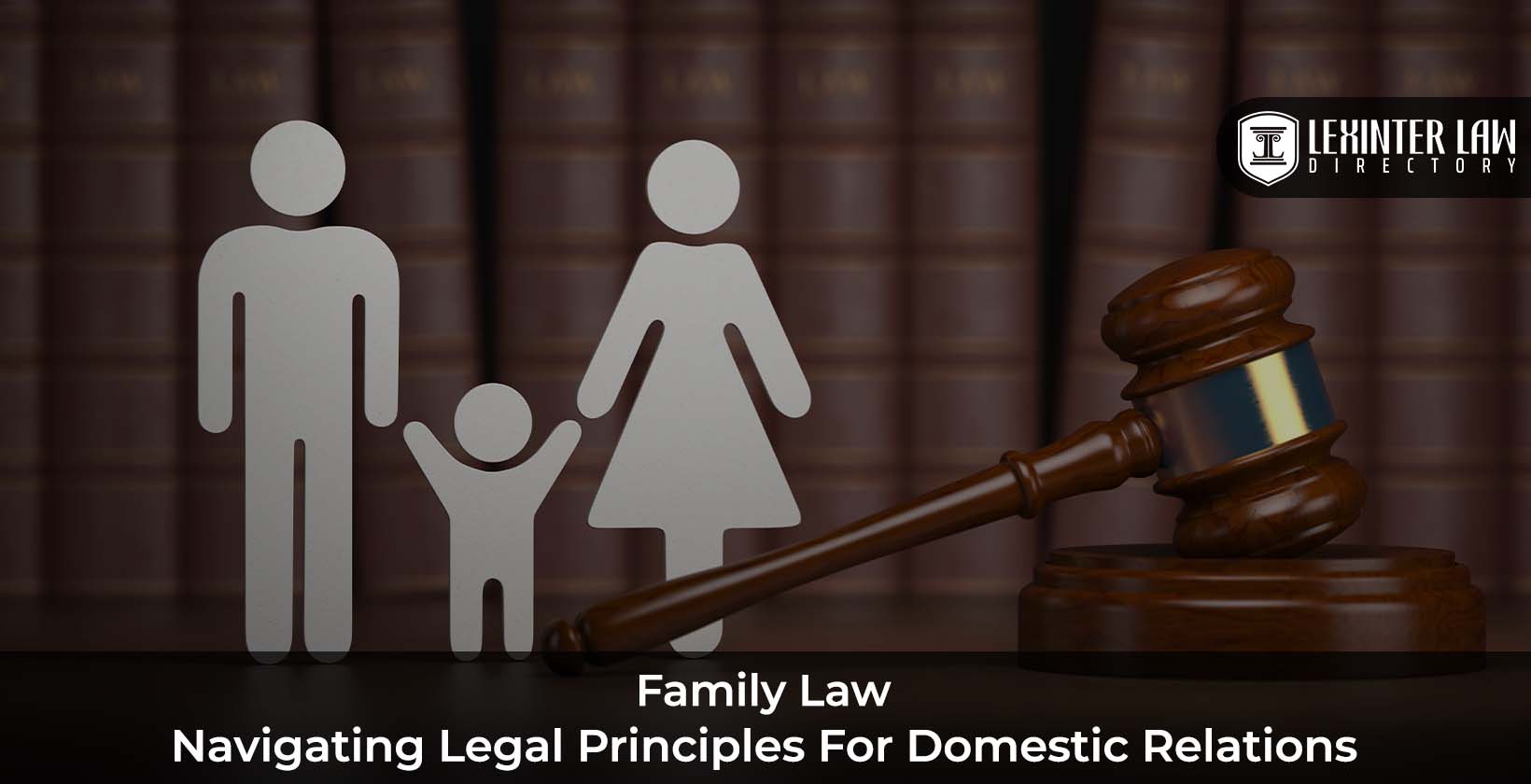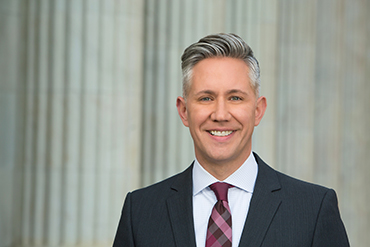Getting Insurance After a Car Accident
Navigating the process of getting insurance after a car accident can be challenging, but understanding the steps involved can make it less stressful. After a car accident, you’ll likely be dealing with a lot of paperwork, phone calls, and other hassles. Getting insurance can add to the stress, but it doesn’t have to be that way. By following these steps, you can get the insurance you need to get back on the road and move on with your life.
Deciding on the Right Insurance
The first step in getting insurance after a car accident is to decide what kind of insurance you need. There are two main types of car insurance: liability insurance and collision insurance. Liability insurance covers damage to other people’s property and injuries, while collision insurance covers damage to your car. If you are at fault for the accident, you will need to have liability insurance. If you want to protect your car from damage, you will need to have collision insurance. You may also want to consider adding other types of coverage, such as uninsured motorist coverage and medical payments coverage. These coverages can provide you with additional protection in case of an accident.
Finding an Insurance Company
Once you know what kind of insurance you need, you need to find an insurance company. There are many different insurance companies out there, so it’s important to shop around and compare rates. You can get quotes from different companies online or by phone. When you are comparing quotes, be sure to compare the coverage limits, deductibles, and premiums. You want to find an insurance company that offers the coverage you need at a price you can afford.
Filing a Claim
Once you have an insurance policy, you need to file a claim if you are involved in an accident. You can file a claim online, by phone, or in person. When you file a claim, you will need to provide the insurance company with information about the accident, such as the date, time, and location of the accident, as well as the names and contact information of the other drivers involved. You will also need to provide the insurance company with a copy of the police report. The insurance company will then investigate the accident and determine how much you are entitled to receive in benefits.
Getting Your Benefits
Once the insurance company has determined how much you are entitled to receive, they will send you a check for the benefits. You can use this money to pay for your medical bills, car repairs, and other expenses related to the accident. If you are not satisfied with the amount of benefits you receive, you can appeal the decision. You may also want to consider contacting an attorney to help you with your claim.
Getting Insurance After a Car Accident: A Step-by-Step Guide
In the aftermath of a car accident, getting insurance coverage can seem like a daunting task. However, with the right steps, you can navigate the process seamlessly and protect yourself financially. Here’s a detailed guide to help you secure insurance after an auto collision:
Filing a Claim
In the aftermath of an accident, it’s crucial to file a claim with your insurance company promptly. They will need detailed information about the incident, including the date, time, location, and any witnesses. Ensure you provide accurate details, including the other driver’s information, such as their name, insurance company, and policy number.
Getting Insurance After a Car Accident
To obtain insurance coverage after an accident, you’ll need to contact a licensed insurance agent. They can guide you through the process of assessing your coverage options, gathering necessary documentation, and submitting your application. It’s essential to be transparent and disclose all relevant information, such as any prior claims or accidents.
Determining Liability
Establishing liability for an accident is critical in determining insurance coverage. Insurance companies will investigate the incident thoroughly, considering factors such as witness statements, police reports, and evidence at the scene. If you are found to be at fault, your insurance company will likely cover damages to the other vehicle and any injuries sustained. However, if the other driver is deemed responsible, their insurance policy should cover the expenses.
Negotiating a Settlement
Once liability is determined, you can negotiate a settlement with the other driver’s insurance company. This agreement typically covers damages to both vehicles, medical expenses, and any pain and suffering. It’s advisable to consult with an attorney before accepting a settlement to ensure your interests are protected.
Dispute Resolution
If you are unable to reach an acceptable settlement, you may need to pursue legal action through the courts. Be prepared to present evidence, witnesses, and expert testimony to support your claim. The court will then determine liability and award damages accordingly.
Don’t let a car accident leave you uninsured. By following these steps and working with reputable insurance professionals, you can secure the coverage you need to protect yourself and your financial well-being. Remember, insurance is not just about mitigating losses; it’s about providing you with peace of mind and the means to rebuild after an unforeseen event.
Getting insurance after a car accident is something you don’t plan for, but it’s one of the most important things you need to do. After all, you need to make sure you’re covered for medical expenses, property damage, and other costs.
Documentation
There’s no doubt that being in an accident is not a great time, but gathering as much documentation as possible will help you get the compensation you’re entitled to. The first thing you can do is to get a copy of the police report – this will have details of the accident, including the other driver’s insurance information (which you’ll need later). Secondly, get medical records from any treatment you’ve received, whether that’s a trip to the emergency room or a visit to a specialist. If you can, take pictures of the scene of the accident – this will help you prove what happened.
The more documentation you have, the stronger case you’ll have for getting insurance money back.
When you’re in an accident, it’s easy to feel overwhelmed and forget some important steps. But if you can stay calm and collect as much documentation as possible, you’ll be in a much better position to get the insurance money you need.
Here are some additional tips for getting insurance after a car accident:
Be sure to report the accident to your insurance company as soon as possible.
Cooperate with the insurance company’s investigation.
Don’t sign any documents or agreements without first talking to an attorney.
Getting insurance after a car accident doesn’t have to be a hassle. By following these tips, you can make sure you get the coverage you need to get back on your feet.
Getting Insurance After a Car Accident
Been in a car accident and need to file an insurance claim? Let’s get the ball rolling! The first step is understanding how getting insurance after a car accident works. It’s like a puzzle, and we’re here to guide you through the pieces. Trust us; you won’t have to navigate this alone.
Negotiations
If it’s clear the other driver caused the accident, their insurance company will likely reach out to negotiate a compensation amount. But hold your horses! Don’t rush the process. Take your time and seek professional guidance if necessary. Lawyers can help you maximize your compensation, so consider their expertise. Besides, insurance companies aren’t known for their generosity. They’ll try to lowball you, so don’t be afraid to fight for what’s fair. Think of it as a game of tug-of-war, where you’re pulling for the best possible outcome.
Remember, you have the upper hand in this negotiation. The other driver was at fault, and their insurance company knows it. Don’t let them bully you into accepting a measly settlement. Stand your ground and demand what you deserve. It’s your right. And don’t worry; we’re here to cheer you on every step of the way!
Now, about that settlement offer. It should cover your medical bills, lost wages, pain and suffering, and any other expenses related to the accident. Don’t be afraid to ask for more if you think the initial offer is insufficient. After all, this is about getting you back on your feet and making you whole again.
And there you have it! Negotiations can be a bit tricky, but with the right mindset and a little bit of guidance, you can come out on top. Just remember, you’re not alone in this journey. We’re here to support you every step of the way.
Getting Insurance After a Car Accident: A Comprehensive Guide
In the aftermath of a car accident, navigating the insurance process can be daunting. Here’s a comprehensive guide to assist you in securing the necessary coverage, including crucial information on legal assistance.
How to Obtain Insurance After a Car Accident
Following a car accident, it’s imperative to contact your insurance provider promptly. They’ll guide you through the process of filing a claim and provide details on your coverage. If the accident was not your fault, you may be able to pursue a claim against the at-fault driver’s insurance company.
Understanding Your Coverage
Your insurance policy outlines the specific coverage limits and provisions applicable to your vehicle. Understanding this policy is crucial to ensure adequate reimbursement for damages and medical expenses. If you’re unclear about any aspect of your coverage, don’t hesitate to reach out to your insurance agent for clarification.
Filing a Claim
Filing a claim involves submitting a formal request for coverage. This typically involves providing details about the accident, including the time, location, and circumstances. Your insurance company may require additional documentation, such as photos of the damage and police reports. Cooperation and accuracy in providing this information will expedite the claim process.
Negotiating a Settlement
Once your claim is filed, the insurance adjuster will assess the damages and determine a settlement offer. If you’re dissatisfied with the initial offer, you have the right to negotiate. This can involve providing additional evidence, seeking a second opinion, or engaging the assistance of an attorney.
Legal Assistance
In some cases, hiring an attorney can help you get a fair settlement if the insurance company is unwilling to cooperate. An attorney can provide expert guidance, protect your rights, and aggressively negotiate on your behalf. Here’s a closer look at the benefits of legal assistance:
**Expertise and Experience:** Attorneys specializing in car accident law possess in-depth knowledge of insurance policies and legal procedures. They can leverage this expertise to build a strong case and maximize your compensation.
**Protecting Your Rights:** Insurance companies are businesses, and their primary objective is to minimize payouts. An attorney can ensure that your rights are protected and that you receive the fair settlement you deserve.
**Aggressive Negotiation:** Attorneys are skilled negotiators who can advocate for your best interests. They will not hesitate to push back against lowball offers and pursue all available legal options to secure a favorable outcome.
**Filing a Lawsuit (If Necessary):** In rare cases where negotiations fail, an attorney may recommend filing a lawsuit. This can be a complex and time-consuming process, but it can be necessary to obtain just compensation.
**Contingency Fee Arrangements:** Many attorneys work on a contingency fee basis, meaning they only collect payment if they recover compensation for you. This can provide peace of mind and ensure that you have access to legal assistance without upfront costs.
Getting Insurance After a Car Accident
Getting Insurance After a Car Accident
After a car accident, getting insurance can seem like a daunting task. You may be wondering what your options are, how to file a claim, and how to get the coverage you need. This article will provide you with all the information you need to know about getting insurance after a car accident.
Insurance Options
If you are uninsured or underinsured, consider exploring options such as uninsured/underinsured motorist coverage or gap insurance. Uninsured motorist coverage protects you in the event that you are hit by a driver who does not have insurance. Underinsured motorist coverage protects you in the event that you are hit by a driver who does not have enough insurance to cover your damages. Gap insurance covers the difference between what you owe on your car and what the insurance company pays out in the event of a total loss.
Filing a Claim
To file a claim, you will need to contact your insurance company and provide them with information about the accident. This information will include the date, time, and location of the accident, as well as the names and contact information of the drivers involved. You will also need to provide your insurance company with a copy of the police report.
Getting Coverage
Once you have filed a claim, you insurance company will investigate the accident and determine if you are entitled to coverage. If you are entitled to coverage, your insurance company will pay for your damages up to the limits of your policy.
Choosing an Insurance Company
When choosing an insurance company, it is important to compare rates and coverage options. You should also consider the company’s reputation and customer service.
Getting the Help You Need
If you have been in a car accident, it is important to seek legal help. A lawyer can help you file a claim, negotiate with the insurance company, and get the compensation you deserve.
Talk to Your Doctor
Talk to your doctor about your injuries. Even if you don’t feel like you’re hurt, it’s important to get checked out by a medical professional. Some injuries, like whiplash, don’t show up right away.
Talk to an Attorney
If you’ve been in a car accident, it’s important to contact an attorney as soon as possible. An attorney can help you protect your rights and get you the compensation you deserve.
Getting Insurance After a Car Accident
Getting into a car accident can be a stressful and traumatic experience. In the aftermath, one of the most important steps to take is securing insurance coverage. This is crucial for protecting yourself financially and legally.
Choosing the Right Insurance Company
When selecting an insurance company, it’s essential to consider factors such as their reputation, coverage options, and customer service. It’s also a good idea to compare quotes from multiple companies to ensure you’re getting the best deal.
Filing a Claim
Once you have insurance, the next step is to file a claim. This involves submitting documentation, such as a police report and medical records, to your insurance company. They will review the claim and determine the amount of benefits you’re entitled to.
Maintaining Coverage
It’s crucial to maintain continuous insurance coverage after an accident to avoid any lapses that could affect future claims. This means paying your premiums on time and renewing your policy.
Working with an Attorney
In certain situations, it may be beneficial to consider working with an attorney. They can help you navigate the insurance claim process and ensure you’re being treated fairly.
Understanding Your Rights
As an accident victim, it’s important to understand your rights. You’re entitled to seek compensation for damages, including medical expenses, lost wages, and pain and suffering.
Conclusion
Getting insurance after a car accident is essential for protecting your financial and legal well-being. By following these steps, you can ensure you have the coverage you need to recover from the accident and move forward with your life.




Leave a Reply